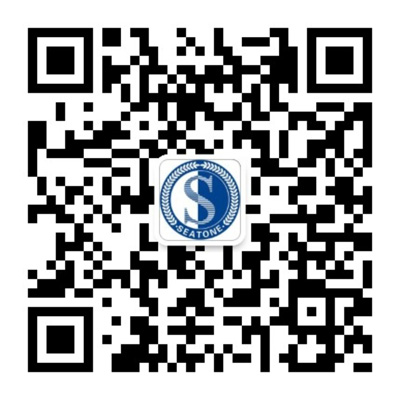
30 July 2007
From national identity cards to security checks for air travel, a wide variety of biometric applications may now benefit from improved reliability and overall performance, thanks to the technologies described in a new technical report.
Biometrics uses personal characteristics to identify or verify the identity of users. The performance of a biometric system may be compromised if the biometric trait being sensed or measured is "noisy" (a fingerprint with a scar or a voice altered by a cold, for example), with the resultant matching score computed not reliable. This problem can be addressed by installing multiple sensors that capture different biometric traits, known as biometric fusion or multimodal biometric systems.
Published by ISO (International Organization for Standardization), and IEC (International Electrotechnical Commission), ISO/IEC TR 24722:2007, Information technology – Biometrics – Multimodal and other multibiometric fusion, offers technology solutions that may enable the fusion of multiple biometric indicators, such as face, fingerprint, and hand geometry features, to improve multiple evidences of the same identity.
For example, speech, iris and face recognition coupled with fingerprints and hand geometry samples can be stored on a passport or identity card, with identity verified by matching all samples. The potential benefits of multibiometric solutions extend to both physical access to controlled areas and access to sensitive data.
Using multiple systems from within the same biometric trait, or multiple systems from within different biometric traits, adds a complexity to identification systems that would be hard to reach with a single-based biometric approach. What's more, multibiometric systems are less subject to attacks due to artifacts or mimics by making it difficult for an intruder to spoof multiple biometric traits simultaneously.
“Solutions based on multimodal or multi-biometric fusion represent an emerging trend that for some applications promises to lead to better degrees of technical performance than systems based on a single method,” said Fernando Podio, Chair of the subcommittee that developed the new technical report. “This latest ISO/IEC technical report provides an overview of multimodal and other multibiometric systems and gives a reference on multibiometric fusion for developers of standards and implementers of biometric systems that require more than one biometric modality".
The new ISO/IEC TR 24722:2007 contains descriptions of and analyses of current practices on multimodal and other multi-biometric fusions. It also discusses the need for, and possible routes to, standardization to support multi-biometric systems, with a view to increasing interoperability and usability. ISO/IEC TR 24722:2007 costs 120 Swiss francs and is available from ISO national member institutes (see complete list with contact details) and from ISO Central Secretariat.
The new technical report is the work of ISO/IEC joint technical committee JTC 1, Information technology, subcommittee (SC) 37, Biometrics.
|
ISO Store: to order |

 鲁公网安备 37020602000060号
鲁公网安备 37020602000060号